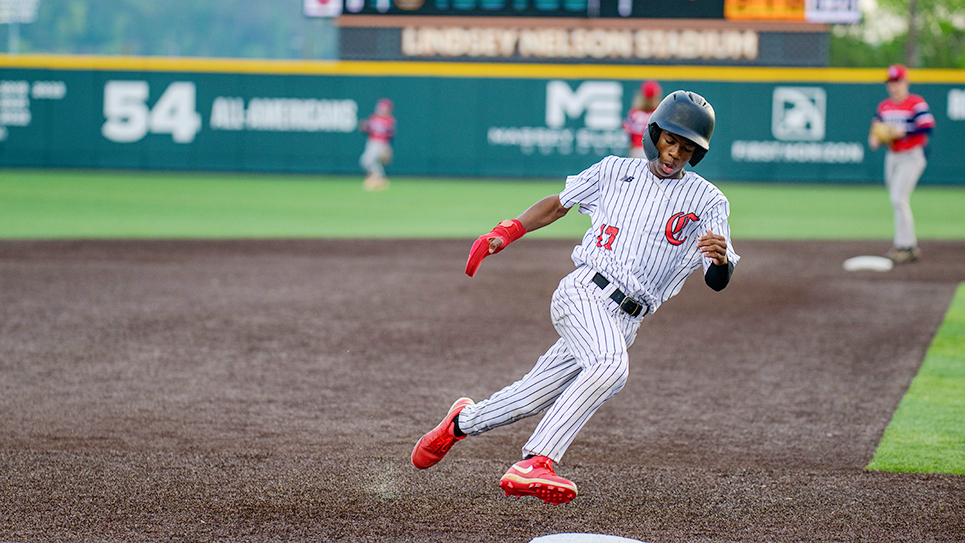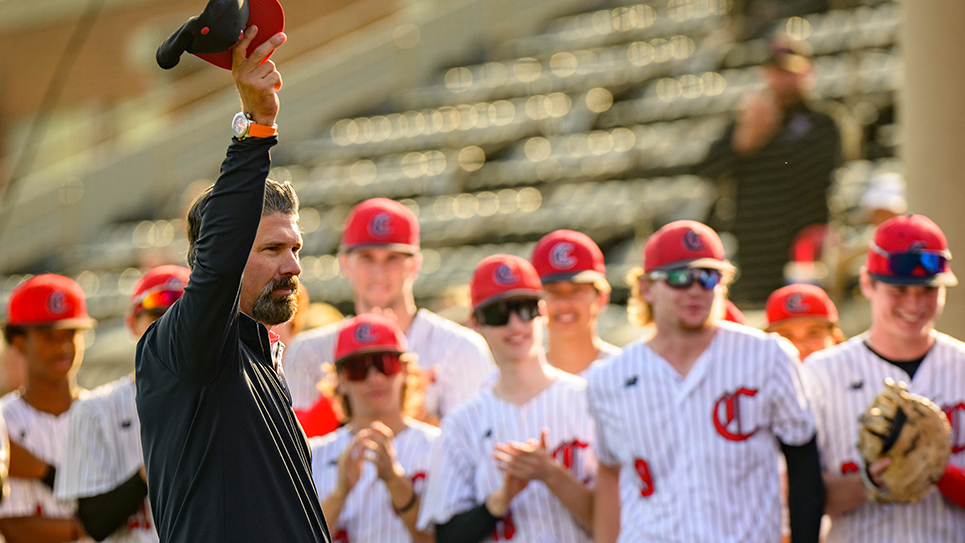By Joe Rector
I love art. No one would ever call me an expert or critic, but as Supreme Court Justice Potter Stewart said about pornography, “I know it when I see it”—art that is. Jim Gray pieces inspire me; just down the road from my house, Ruby Dayton’s home and gallery are filled with beautiful paintings of nature scenes. I’ve tried to figure out which niche best fits my taste, but none seems to include only the things that I consider beautiful.
I wanted to be an artist, but the cold world of second grade dashed that desire as Mrs. Garrett stifled any creative abilities that I might have had. Our class undertook a project. A girl our age was at home and suffering through the agony of leukemia. The teacher passed out red pieces of construction paper, along with white sheets of paper. Our task was to fold the white paper several times and then cut designs in it. However, we weren’t supposed to cut too deeply because doing so would ruin the design on the page when it was unfolded.
I struggled with the task; for some reason, my being left handed made cutting with regular scissors difficult. I goofed on the first cutting. Mrs. Garrett took the failed project and handed me another piece of white paper. Another goof and another goof and another goof kept me confined to the project while all the other students went about other things. I never did cut the darn thing right, and the cards were sent from the class minus one: mine.
Through the years, I tried to sketch things. My cousin Charlie could free-hand the coolest hotrods on paper. Mine looked too much like blocks with acute angles that in no way looked as if they belonged on the vehicle. Even drawings with mountains in the background of a green field looked more like bruises across the landscape. My trees appeared as lopsided triangles without any limbs.
Once I tried to draw a profile of a person like the ones that used to appear on art school ads. My generation remembers these things because they declared that anyone who sent in a drawing was a budding artist who only needed a few lessons to become a world-class painter or sketcher. In my case, the company might have sent regrets that it could do nothing to improve my abilities. Faces on my paper always looked flat; not a single feature was natural.
I wasn’t much better with crafts. Our fifth grade class made leather wallets. First I struggled to put imprints on the leather with tools. Then I never seemed to be able to weave the plastic strand through the holes that tied the pieces together. One year we made potholders for Mother’s Day. Mine was pink and yellow. However, I kept skipping places that caused the woven strips to look broken.
One year our class made bookends. With hammer and woodcutting tool, I jumped into the project. As for the end result, let’s just say that the “R” on both ends lost important details as I couldn’t keep on the correct side of the line. I still have the wallet and bookends. Each time I look at them, the mistakes pop up and remind me of my lack of skill.
Now, I sometimes attempt woodworking projects. I’ve managed to put together a seat made from a twin bed head and footboard. I recently completed a table with a chevron top. Another table I built even sits at my bedside. None of the projects is perfect; the chevron table isn’t quite flat on top or level on the floor. A piece of Plexiglas on top and a folded piece of cardboard serve as fixes for each faux pas.
I used to watch Bob Ross and say prayers that I could paint as he did. The most success I ever experienced with paint came with a roller and brush as I attacked walls in bedrooms and dens. In other areas, giving up isn’t about to happen. Woodworking projects might never be perfect, but trying to complete them is a fun challenge, and it keeps me from taking up less honorable hobbies. These days, I even have moderate success with undertakings, especially when a You Tube video offers step-by-step instructions. I’m still looking for the artist in me.






